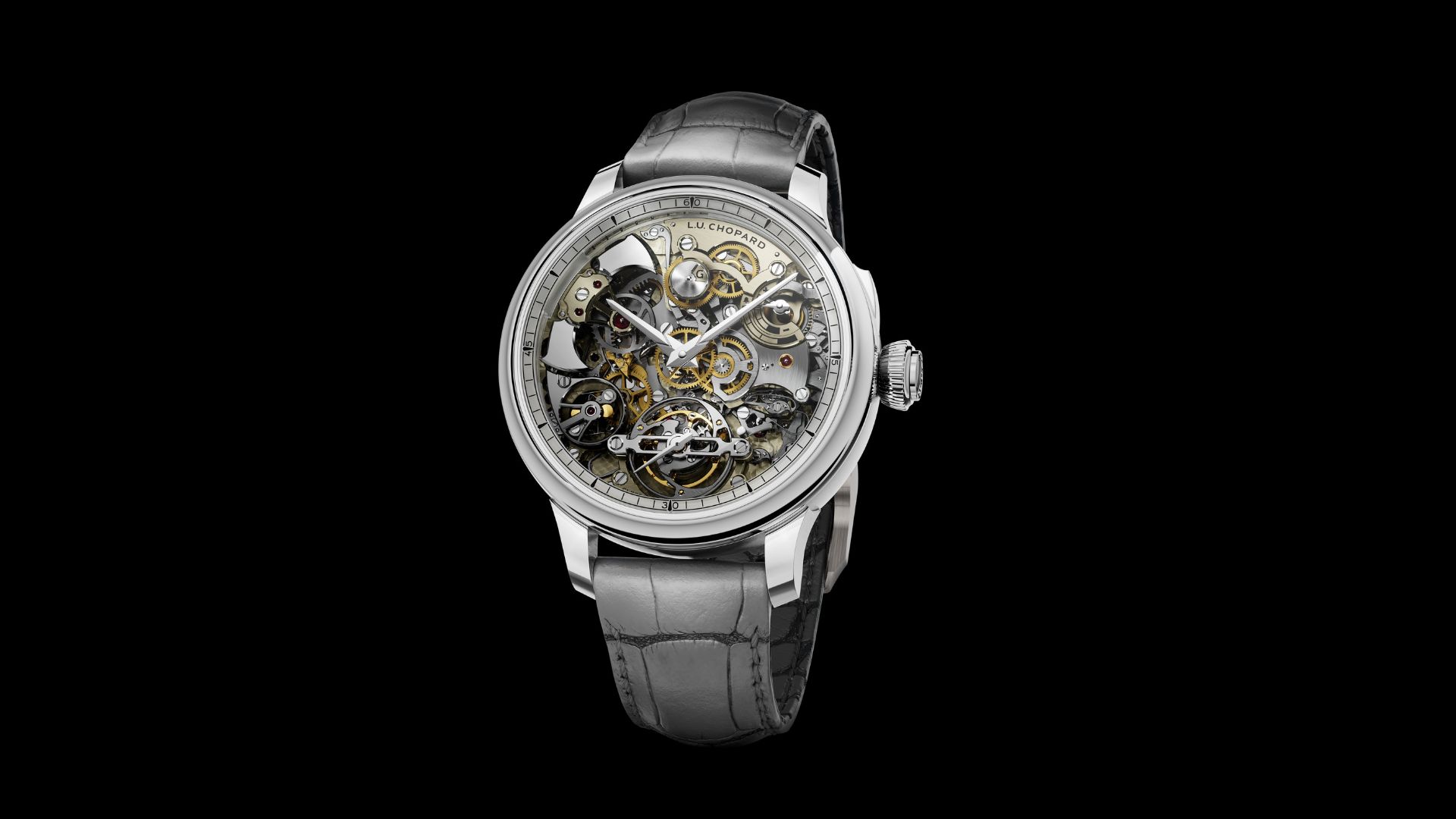Richard Mille Steers towards the Fast Lane with RM 72-01 Le Mans Classic


The year 2023 is the centennial year of the 24 Hours of Le Mans, one of the most significant automotive endurance races in the world, held annually. This year’s edition ended on June 11. But the racing season is far from over. The Le Mans Classic, a biannual event, will take place from June 29 to July 2. To honour the Classic race and 100 years of the 24 Hours of Le Mans, Richard Mille has announced a 150-piece limited-edition iteration of its RM 72-01 Le Mans Classic.

A partner of the event since its inception in 2008, Richard Mille celebrates Le Mans Classic by creating a new watch for each edition of the race. Last year, when the race returned after the pandemic, the luxury timepiece maker created the RM 029 Automatic Le Mans Classic. The watch came in a 40 mm Quartz TPT case with its front and back bezels crafted from a green version of the material. For this year’s edition of the Le Mans Classic, Richard Mille has used one of its signature novelties, flyback chronograph, to create the new timepiece, dedicated to the race. The 38 mm Richard Mille RM 72-01 watch gets a tonneau-shaped case, made of white and green Quartz TPT (a material composed of over 600 layers of parallel filaments obtained from separating silica threads). Also, the case has been fortified with 20 grade 5 titanium spline screws and abrasion-resistant washers in stainless steel. Plus there are three Nitrile O-ring seals.

The black titanium dial comes with a luminous coated hour and minute hand, made of carbon fibre, which turns green. There are accents of green, white, and orange, and the Le Mans Classic nameplate is showcased at 10:30. You can also spot a large date window, placed in a vertical aperture, at 7 o’clock. The flyback chronograph, displaying hours and minutes, has a small seconds at 9 o’clock and a crown made of grade 5 titanium and black TZP ceramic with a collar in rubber at 3 o’clock. The 24-hour counter at the bottom of the dial, specifically at 5o'clock has ‘16’ highlighted in red, indicating the 4 pm traditional endurance race starting time.

The watch draws power from the barrel and this energy is transmitted to the chronograph train by a coupling system, consisting of two oscillating pinions mounted on rockers. This controls the start, stop, flyback, and reset functions. When the flyback chronograph is activated, the seconds wheel, which drives an oscillating pinion, gets slightly inclined, when at rest; it moves to engage the central chronograph wheel.

To address the issue of chronographs losing power through the system wherein the seconds wheel drives the minute counter, the brand created a reduction gear that works directly with the barrel, driving a pinion that powers the chronograph minute counter, bypassing the remaining time-related geartrain. Additionally, the dial features a function indicator, placed like a car’s gearbox towards the centre, and allows for the winding, neutral and handsetting positions. The active position is indicated via a hand at 3 o’clock pointing to the following functions: W (Winding) – D (Date Adjusting) – H (Hand Setting).

Powering the watch is the in-house, self-winding calibre CRMC1 with 50 hours of power reserve. The skeletonised baseplate and the bridges are made of grade 5 titanium, a corrosion-resistant rigid alloy (90% titanium, 6% aluminium and 4% vanadium) that ensures smooth functioning. Turning the watch over showcases the skeletonised platinum rotor with ceramic ball bearings, combined with a One Way® reverser system. The flyback chronograph is finished on a white rubber strap.
Image Credits: Richard Mille



















